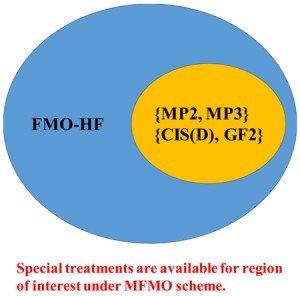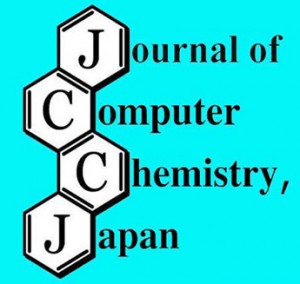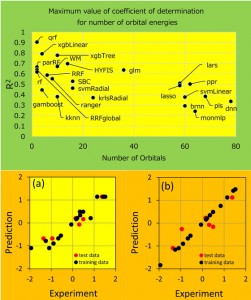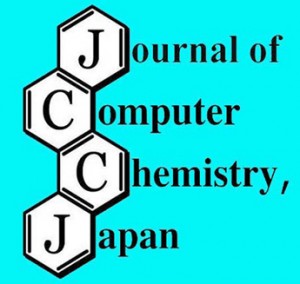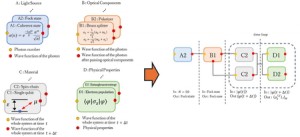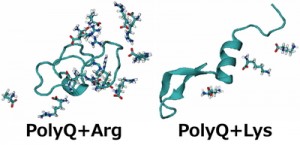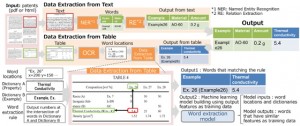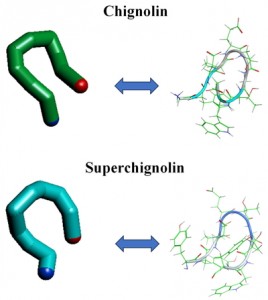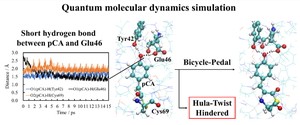[Published online Journal of Computer Chemistry, Japan Vol.23, 4-8, by J-STAGE]
<Title:> FMOプログラムABINIT-MPの整備状況2023
<Author(s):> 望月 祐志, 中野 達也, 坂倉 耕太, 奥脇 弘次, 土居 英男, 加藤 季広, 滝沢 寛之, 成瀬 彰, 大島 聡史, 星野 哲也, 片桐 孝洋
<Corresponding author E-Mill:> fullmoon(at)rikkyo.ac.jp
<Abstract:> In August 2023, we released the latest version of our ABINIT-MP program, Open Version 2 Revision 8. In this version, the most commonly used FMO-MP2 calculations are even faster than in the previous Revision 4. It is now also possible to calculate excitation and ionization energies for regions of interest. Improved interaction analysis is also available. In addition, we have started GPU-oriented modifications. In this preliminary report, we present the current status of ABINIT-MP.
<Keywords:> キーワードFragment molecular orbital, FMO, ABINIT-MP, Supercomputer, A64FX, SX-Aurora TSUBASA, GPU
<URL:> https://www.jstage.jst.go.jp/article/jccj/23/1/23_2024-0001/_article/-char/ja/
<Title:> FMOプログラムABINIT-MPの整備状況2023
<Author(s):> 望月 祐志, 中野 達也, 坂倉 耕太, 奥脇 弘次, 土居 英男, 加藤 季広, 滝沢 寛之, 成瀬 彰, 大島 聡史, 星野 哲也, 片桐 孝洋
<Corresponding author E-Mill:> fullmoon(at)rikkyo.ac.jp
<Abstract:> In August 2023, we released the latest version of our ABINIT-MP program, Open Version 2 Revision 8. In this version, the most commonly used FMO-MP2 calculations are even faster than in the previous Revision 4. It is now also possible to calculate excitation and ionization energies for regions of interest. Improved interaction analysis is also available. In addition, we have started GPU-oriented modifications. In this preliminary report, we present the current status of ABINIT-MP.
<Keywords:> キーワードFragment molecular orbital, FMO, ABINIT-MP, Supercomputer, A64FX, SX-Aurora TSUBASA, GPU
<URL:> https://www.jstage.jst.go.jp/article/jccj/23/1/23_2024-0001/_article/-char/ja/
